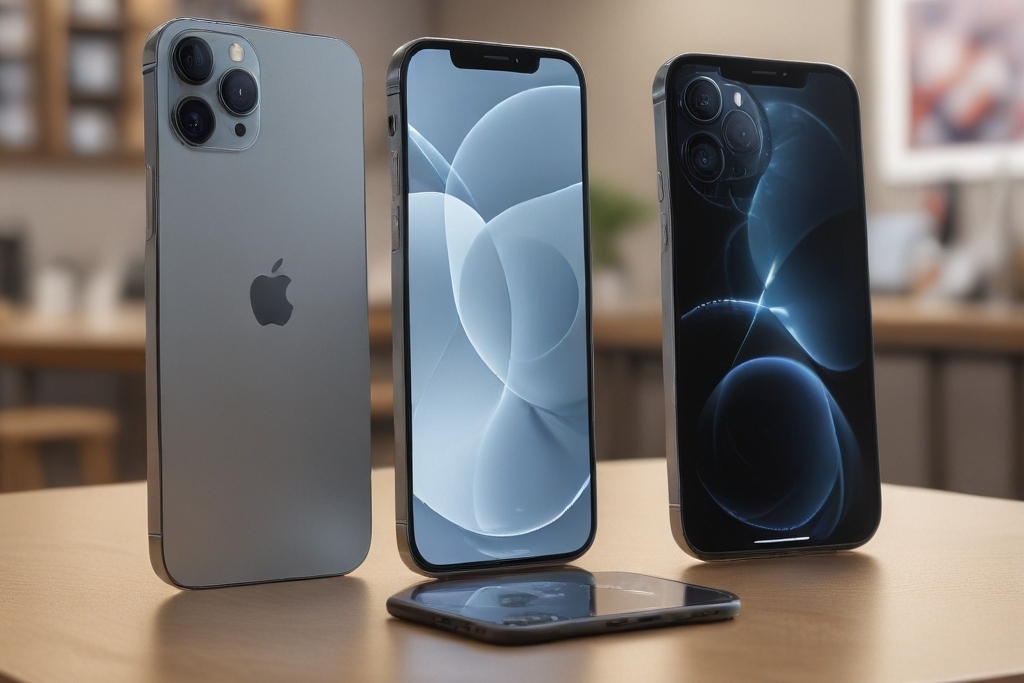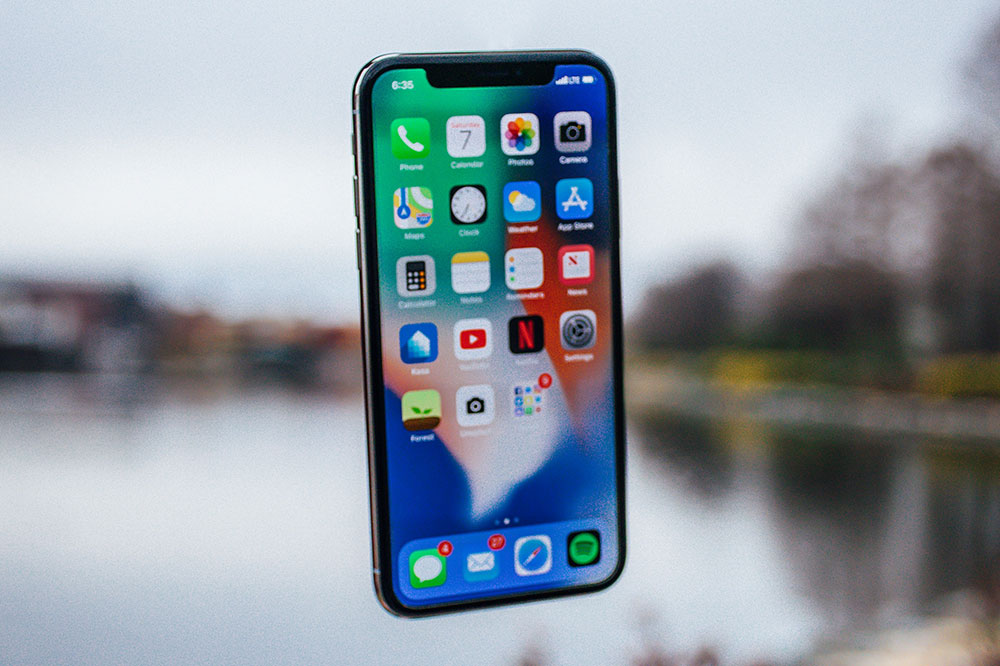The Evolution and Technological Advancement of Mobile Phones: From Past to Present
Explore the comprehensive history and progression of mobile phones, from their inception in the 1980s to the sophisticated smartphones today. Understand how pivotal network generations like 1G, 2G, 3G, and 4G have driven this evolution, enabling features such as internet access, multimedia streaming, and real-time communication. Discover how rapid technological advances continue to shape the future of mobile technology, transforming daily routines, communications, and global industries in profound ways.

The Evolution and Technological Advancement of Mobile Phones: From Past to Present
Understanding the Development of Mobile Phones
In today's digital age, mobile devices have become indispensable tools that seamlessly integrate into everyday life. They serve as communication hubs, entertainment centers, workspaces, and even banking portals. From children learning to use basic phones to professionals relying on advanced smartphones for business, the evolution of mobile phones has transformed how we connect and operate globally. Affordable data plans and high-speed internet access have made it easier than ever to stay updated on news, social media, and entertainment, shaping modern lifestyles and social interactions.
Tracing the journey from simple communication devices to multifunctional smartphones reveals a story of groundbreaking technological innovations. The progression has not only reshaped personal communication but has also revolutionized industries, economy, and social behavior. To truly appreciate this transformation, it is essential to understand the different generations of mobile network technology that have fueled this exponential growth, starting from the earliest analog systems to the current high-speed networks.
First Generation (1G): The Birth of Wireless Communication
Launched in the 1980s, 1G represented the initial wireless cellular network technology.
This era was characterized by analog radio signals supporting basic voice calls only.
Devices were bulky and had limited coverage, but they marked the beginning of mobile telephony as we know it.
Second Generation (2G): Digital Communication Emerges
Introduced in the early 1990s, 2G networks shifted from analog to digital signals, introducing standards like GSM and CDMA.
This upgrade enabled clearer calls, better security, and the advent of text messaging (SMS).
Internet access was rudimentary, with speeds around 64 kbps, allowing only limited data transmission such as simple browsing or emailing.
Enhanced Data Rates (2.75G): EDGE Technology
Between 2G and 3G, EDGE technology provided a notable enhancement, supporting faster internet speeds up to 128 kbps.
This allowed for more reliable web browsing and multimedia messaging, paving the way for more data-intensive applications.
Third Generation (3G): The Rise of Mobile Broadband
Launched in the early 2000s, 3G networks marked a significant leap, supporting internet speeds up to 2 Mbps.
This period saw the emergence of mobile internet as a viable alternative to fixed broadband, supporting video calls, streaming videos, and mobile applications.
Fourth Generation (4G): Internet Revolution
Introduced around 2009, 4G technology with LTE revolutionized mobile internet connectivity.
It offered speeds exceeding 100 Mbps, enabling HD video calls, seamless high-definition streaming, online gaming, and fast browsing experiences.
Based on IP protocols, 4G provided truly mobile broadband, transforming smartphones into comprehensive computing devices.
How the Mobile Industry Has Evolved Over Time
The journey begins with Alexander Graham Bell’s invention of the telephone in 1876, laying the foundation for future innovations.
The transition from bulky, limited-function devices to sleek, powerful smartphones has been driven by rapid technological progress across generations.
The integration of features such as texting, internet browsing, touch screens, high-resolution cameras, and online streaming platforms has redefined accessibility and convenience.
Today's smartphones are multifunctional tools enabling banking, ticket booking, instant messaging, video conferencing, and online shopping, all in one device.
The mobile industry continues to evolve, with manufacturers exploring emerging technologies like 5G, foldable displays, AI integration, and advanced camera systems to enhance user experience and support new business models. The future of mobile technology promises even more innovation and connectivity that will further embed smartphones into every aspect of our lives.





